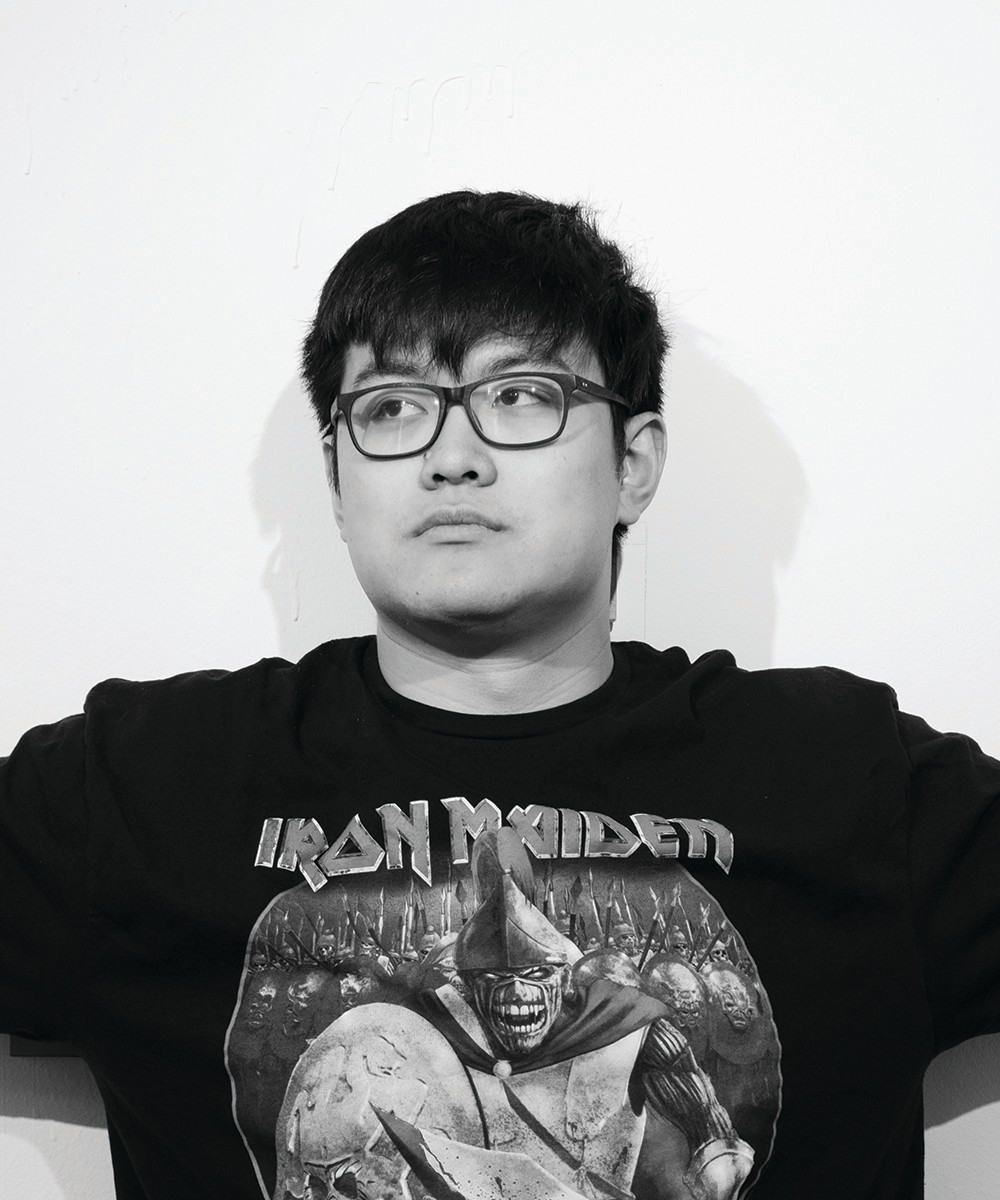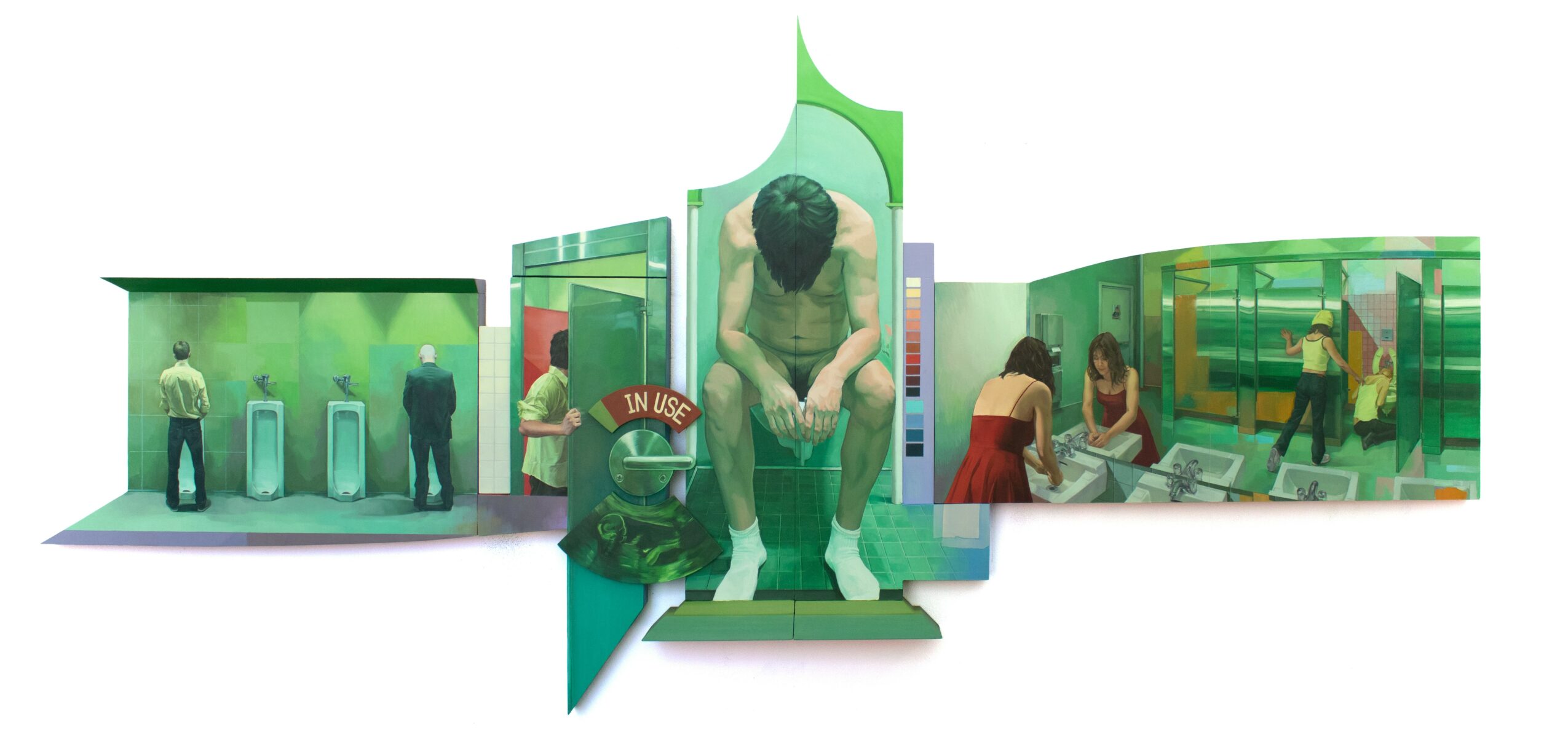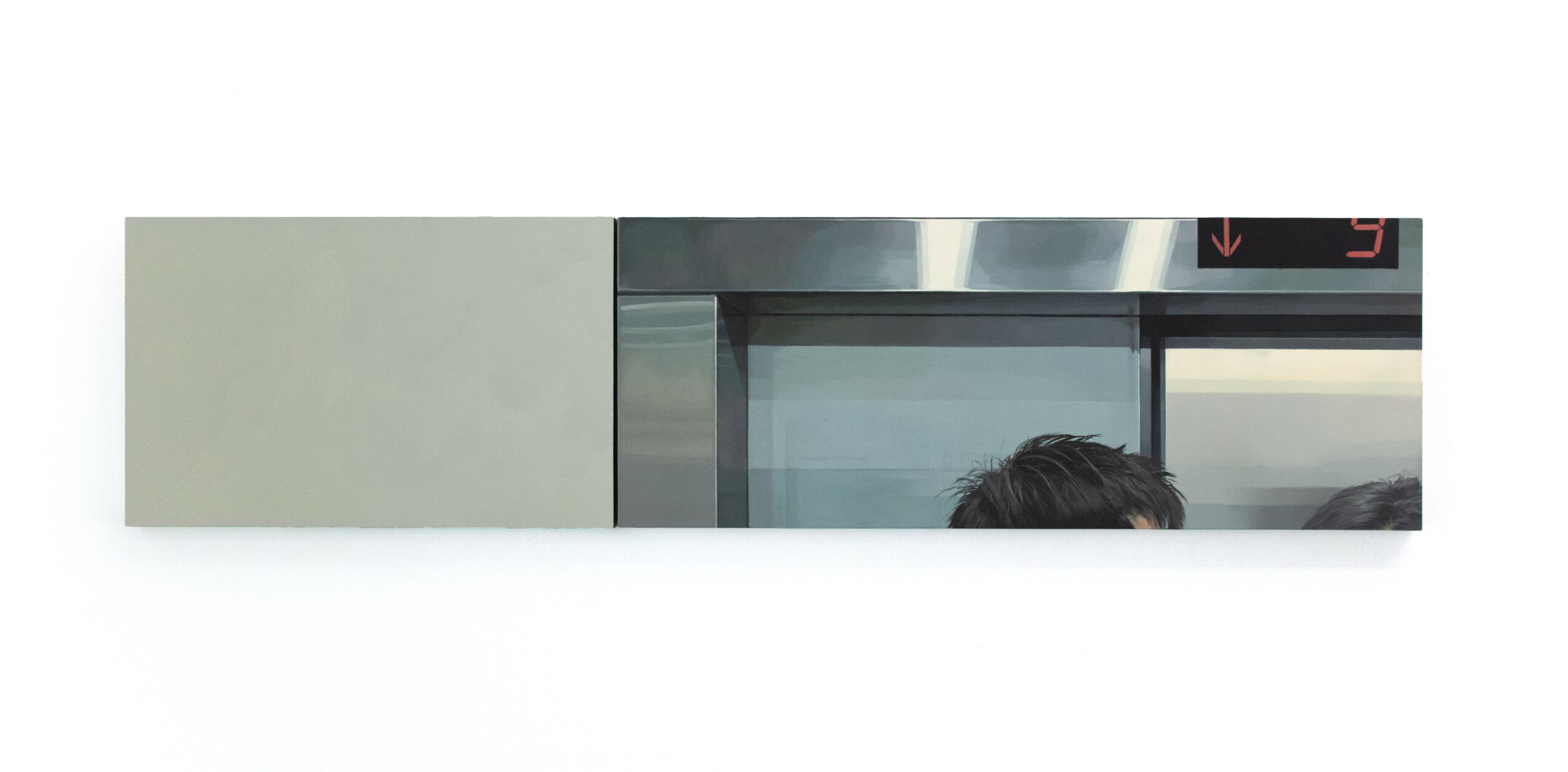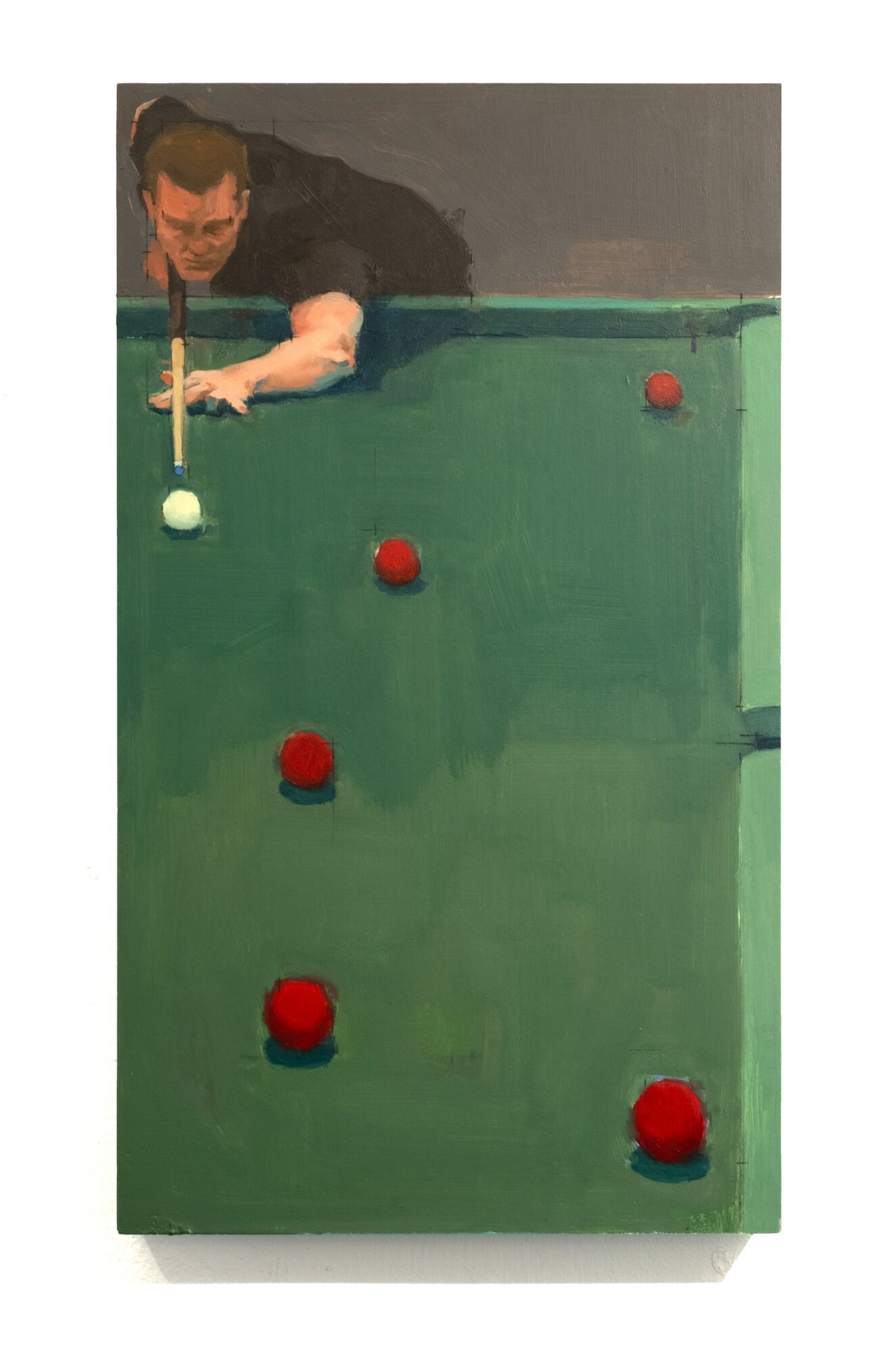

Today we’d like to introduce you to Ruoxi Hua
Hi Ruoxi, it’s an honor to have you on the platform. Thanks for taking the time to share your story with us – to start maybe you can share some of your backstory with our readers?
I have always been interested in art, and when I told my parents that I wanted to go to an art school for college, they both gave me a hard “No.” So I ended up in college majoring in biology. But apart from biology, I was free to choose any other classes I am interested, and so I go to as many art classes as possible, as well as some philosophy classes. During my sophomore year, I was in a figure drawing class. The teacher saw my works in class and encouraged me to become an art major. By the end of that semester, I declared a biology and art double-major. However, at the same time, I had to take a semester off due to depression. It was during that several months of recovery when I came to realize that I had more control over my life than I thought, and I ought to decide what I want to do for the rest of my life. After my break, I started taking oil-painting classes. I had never done oil painting before at that point of my life but I aspired to be good at it. My oil painting professor, who has influenced me the most, would talk on and on about painting and throw all these art books at me, because he knew I am interested. I tried to absorb as much as possible from what he said. I would study the painting he told me to look at and I would put extra time working on my painting as soon as I have spare time. Then unfortunately the pandemic happened and our in-person painting classes were forced to come to a halt. My professor asked us to do drawings of the interior of our living spaces, and then he recommended me two summer art programs which fortunately enough were still able to take place during COVID, So I never stopped studying art. It was that summer that I came to realize that I could not get tired of making art. Whenever I have free time, I would go to my studio or see other great paintings rather than read more about biology. Therefore I told my parents about my plan to go to a MFA program after college. Naturally, they were not very happy at the beginning, and we actually spent months arguing over this matter. In the end, they came to acknowledge my insistence and agreed to my plan.
I’m sure it wasn’t obstacle-free, but would you say the journey has been fairly smooth so far?
It definitely has not been a smooth road, and I don’t expect it will be. As a young artist, I face many challenges: how to improve technically when I lack the extensive and intensive academic training that my peers have, how to take more risk in my creative process, how to overcome self-doubt, how to develop my own artistic language, how to keep my painting relevant in the contemporary context when so many aspects of painting have already been explored, how to establish my connection with the art world… The truth is, at this stage, I cannot say that I have overcome any of them, because solving these problems requires a lot of time. That means I have to face yet another challenge: how to be patient with myself, how to keep working even knowing I am not yet able to produce the work I want to produce. Faced with all these unresolved issues, I simply don’t quit, keep doing what I am doing, and believe that these challenges will be overcome one by one.
Can you tell our readers more about what you do and what you think sets you apart from others?
I am an artist whose current work consists of a series of paintings on wood panels which focus on disregarded places in urban environments.
Inspired by my experience of living by myself for almost 7 years in a foreign country, I became intrigued by the concept of “non-places,” places where people remain anonymous, not belonging, and therefore estranged. These places are common and necessary to function in society: side streets, alley ways, public bathrooms, subway stations, parking lots, grocery stores, etc. However, as I pass through them routinely every day, it becomes clearer to me that these spaces are built for maximal function and minimal aesthetics. They are used for efficient transportation, efficient consumption, and even efficient excretion. Carefully observing and analyzing these spaces gives me the feeling as if I am trapped in a maze, both in time and space — everywhere looks identical and indifferent, as if there may be no escape. The spaces I encounter often feel devoid of personality, defined by their sheer mundaneness.
In order to recreate this sense of bleakness that I feel navigating through non-places, I depict artificial subjects in my painting, including landscapes, interiors, still lifes, and lifeless figures based on accurate observations. It is my intention to share a cold gleam of mundanity that emphasizes industrial, inorganic, and ultimately inhuman nature. I explore my relationship with these spaces through the tools of composition, light, and texture, fragmenting the pictorial space with composite wood panels as well as the geometric division of colors. In addition, playing with extreme cropping hints my location in space relative to the subject. By doing so, it implies a sense of time, but also excludes a lot of information and leaves questions and curiosities about my subjects. Through fragmentation and incompleteness of non-spaces, I depict, I want to block full psychological access to my paintings, raise confusion and capture the maze-like quality that I see.
Networking and finding a mentor can have such a positive impact on one’s life and career. Any advice?
I think the most important factor in finding a mentor or networking is sincerity based on shared values. I have tried making connections where I was not very interested in what the other person is doing. It never works well, because pretending to be interested in or appreciate what they are doing drains a lot of energy. On the other hand, if I genuinely feel a connection with the other person, I never get tired of talking to them and learning about their thoughts. I do not even need motivation to go to their exhibition openings, lectures, or dinner parties. My way of socialization does limit the number of people in my social circle, but it ensures that those in my community are more intimate and here to stay.
So before I choose my mentor, I usually do a little research on them by checking their websites, social media pages, or recent interviews. If possible, I will talk to them in person. The point of doing all these is to get to know them as a person and see if we share the same core values, such as our attitude towards the medium we are working with, our work ethics, and their way of teaching, etc. The same applies for networking with gallery dealers, curators, and critics. If I have to be an entirely different person around them, chances are they are not a good fit for me.
Once I build up connections, it is very important to be as supportive my communities as possible. I will go to their show openings or open studios, share their works on my social media, and share opportunities with them. I will also email them whenever I have an event or good news. The important thing in networking is to focus on what you can do for others rather than what others can offer you.
Contact Info:
- Website: https://ruoxihuastudio.com
- Instagram: https://www.instagram.com/bullockbefriendingbard/



















